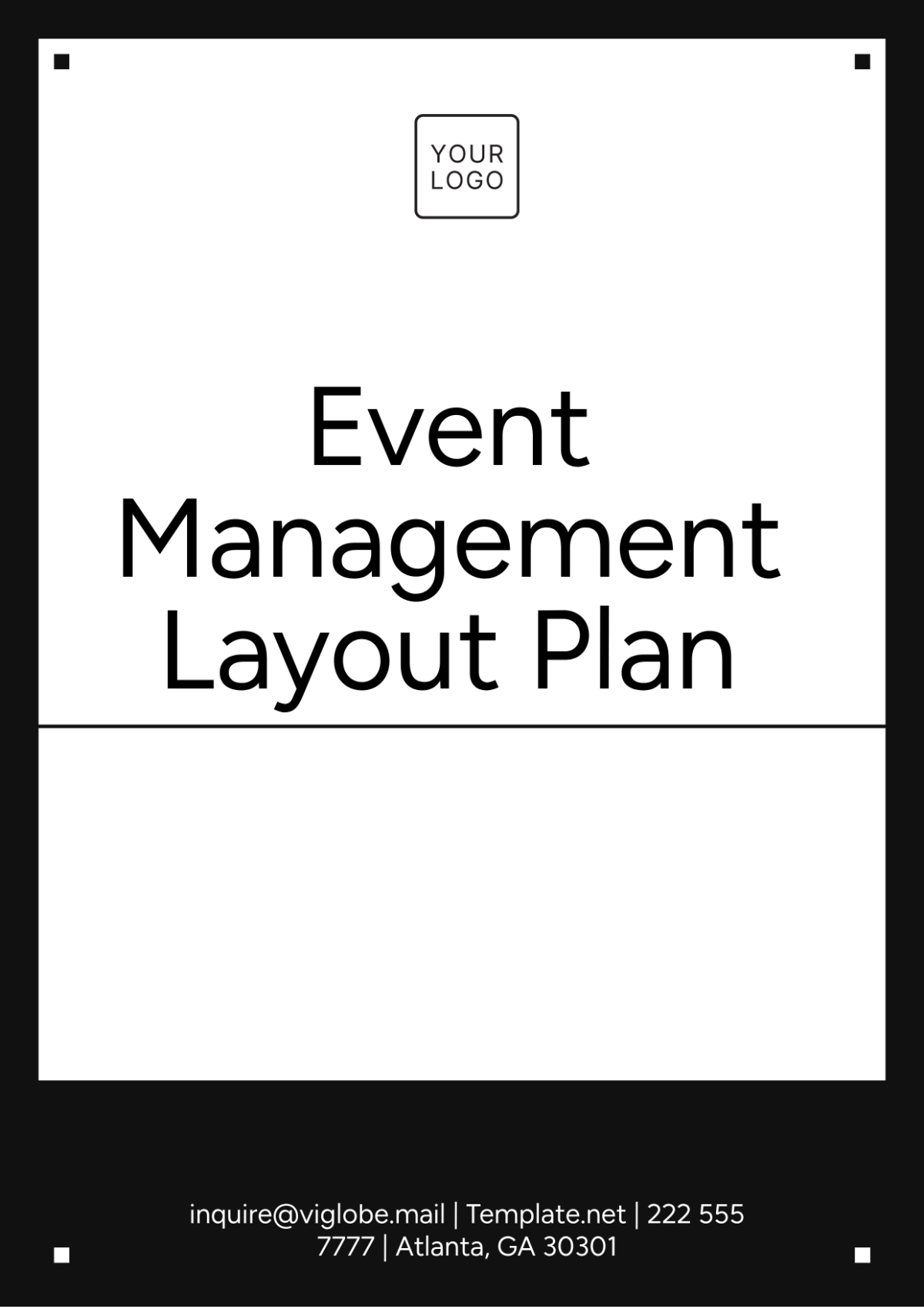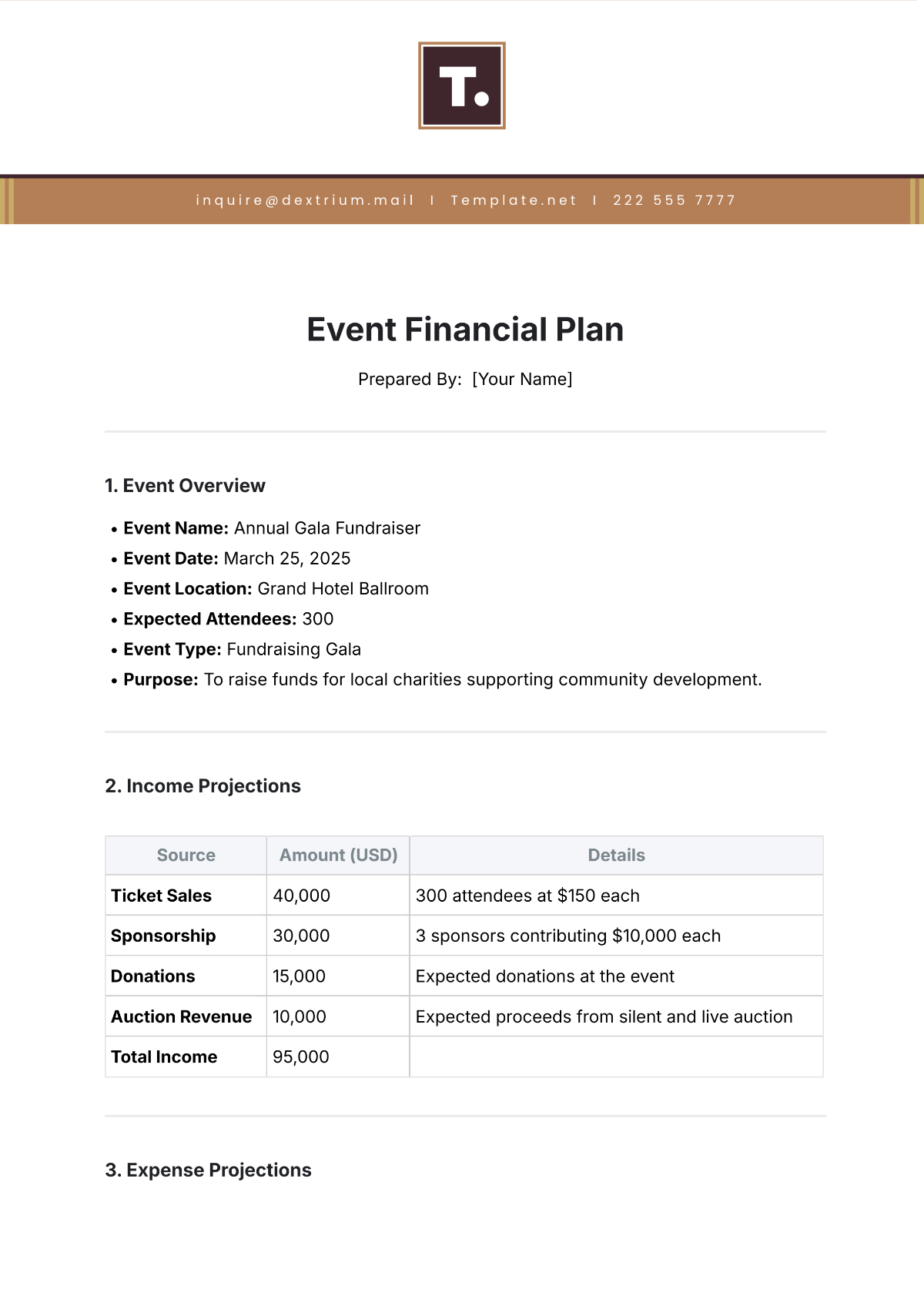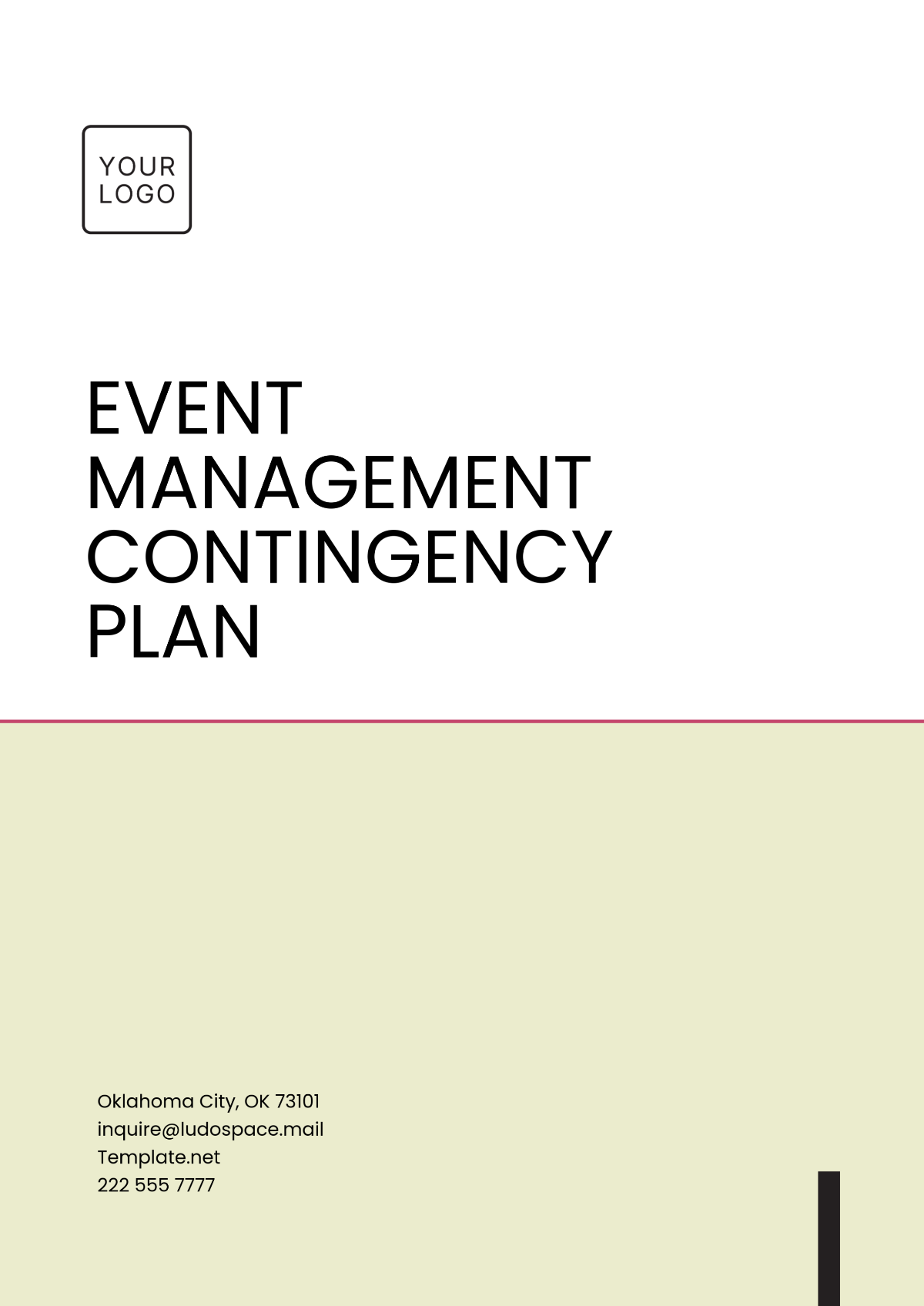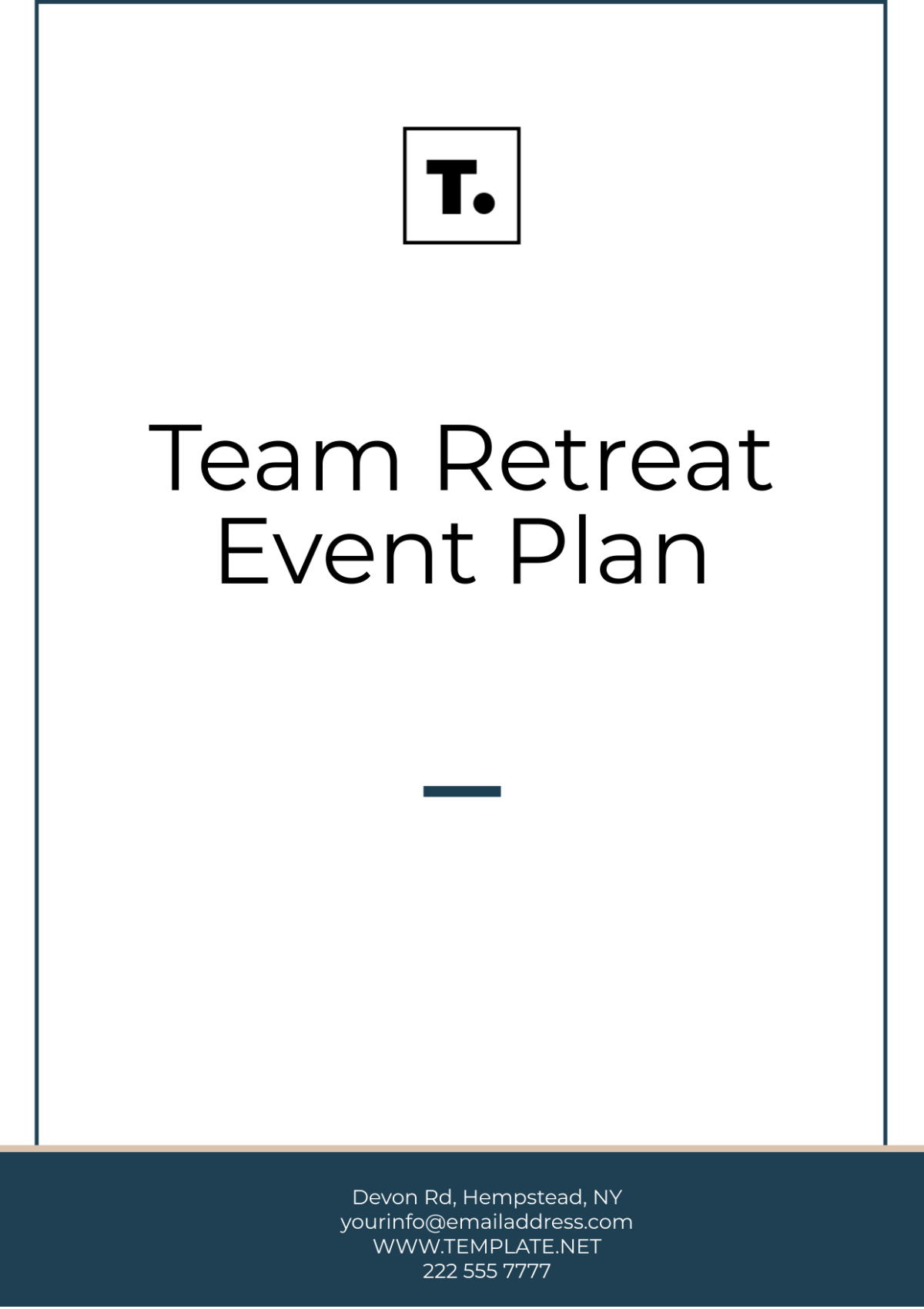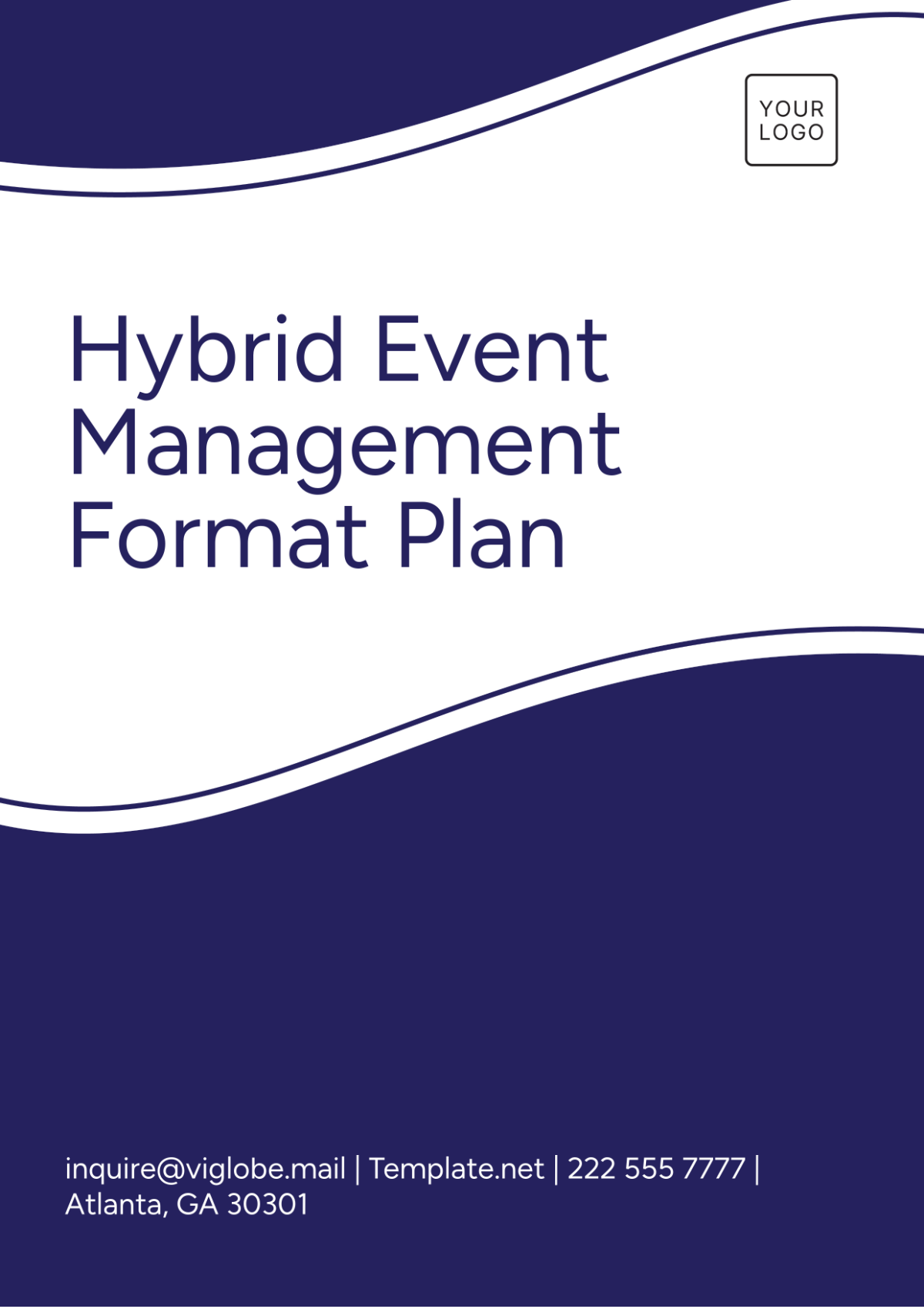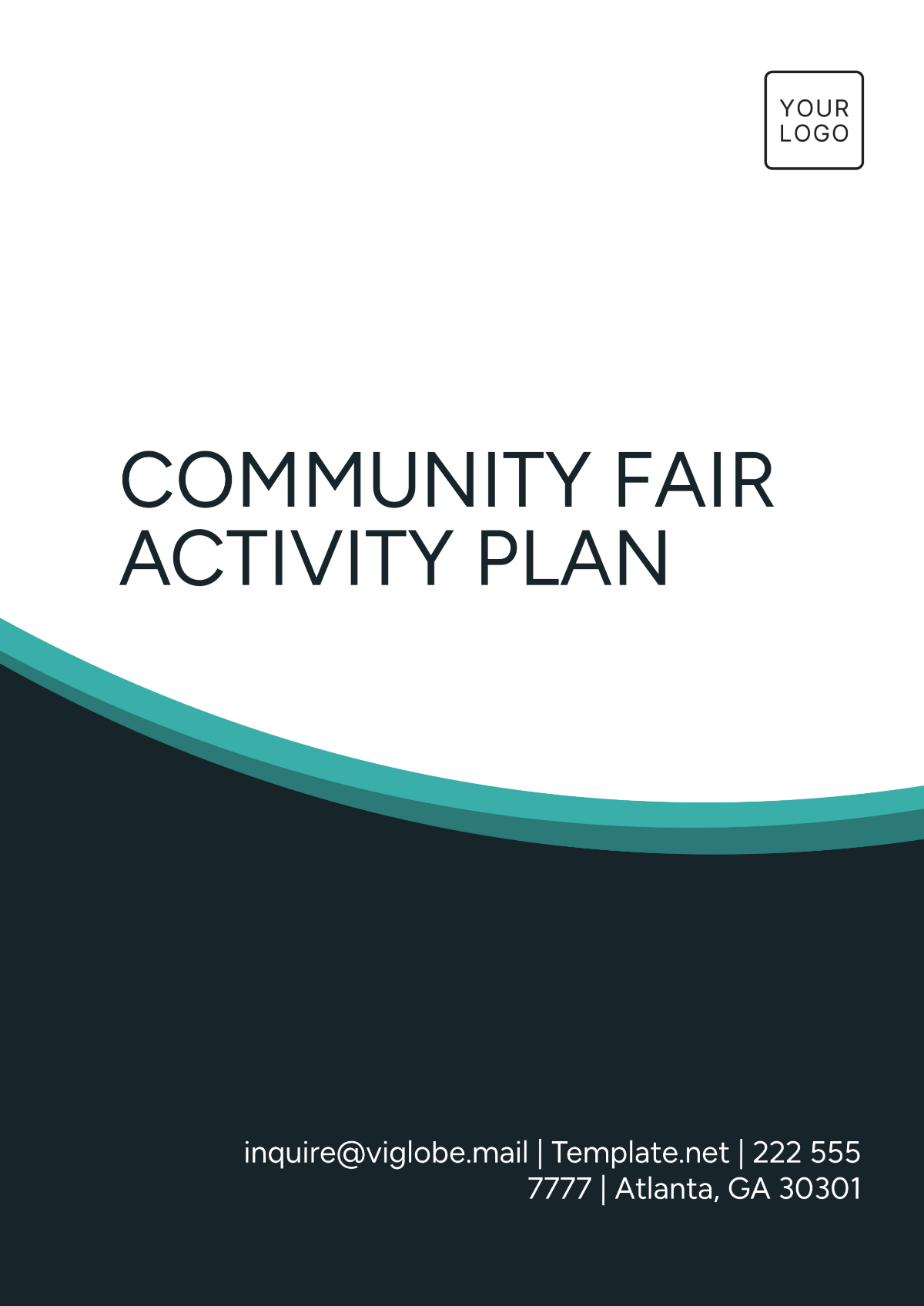Simple Class Reunion Event Plan
I. Introduction
This plan outlines the essential steps to organize a successful class reunion event. It includes detailed sections on planning, logistics, budgeting, and execution to ensure a memorable experience for all attendees. By following these guidelines, we aim to foster connections among classmates and create lasting memories.
II. Planning and Organization
A. Establishing a Committee
Form a dedicated planning committee comprising enthusiastic volunteers. Assign roles to ensure efficient organization and a smooth event experience for all participants:
Chairperson: Oversees the planning process and coordinates committee activities.
Treasurer: Manages the budget, tracks expenses, and ensures financial accountability.
Logistics Coordinator: Handles venue selection, setup, and other logistical details.
Communications Officer: Manages outreach, invitations, and promotional materials.
B. Setting the Date
Select a date that accommodates the majority of attendees, preferably during a weekend or holiday period to maximize availability. Consider using a polling tool to gauge preferences among classmates.
C. Choosing a Venue
Choose a venue that is accessible and suitable for the anticipated number of guests:
Options: Consider school facilities, community centers, or banquet halls.
Accessibility: Ensure the venue has sufficient parking, accessibility features for those with disabilities, and amenities such as restrooms and catering facilities.
III. Budgeting and Finance
A. Estimating Costs
Create a detailed budget that outlines all potential expenses associated with the reunion. Use the table below as a guideline for your estimated budget:
Expense Category | Estimated Cost |
|---|---|
Venue Rental | $500 |
Catering | $1,000 |
Decorations | $200 |
Entertainment | $300 |
Miscellaneous | $150 |
Total | $2,150 |
B. Funding
Identify various funding sources to cover the costs, including:
Ticket Sales: Charge a fee for attendance.
Donations: Seek contributions from alumni.
Sponsorships: Approach local businesses for sponsorship opportunities in exchange for promotional visibility.
IV. Logistics and Execution
A. Invitations and RSVP
Create and distribute invitations well in advance of the event. Include RSVP details to accurately estimate attendance and facilitate planning.
B. Catering and Menu
Select a catering service that provides diverse menu options to accommodate various dietary needs. Consider offering a buffet-style meal to manage costs and allow guests to choose their preferences.
C. Event Schedule
Develop a clear event schedule that outlines key activities, ensuring a well-organized flow throughout the reunion. A sample schedule may include:
Welcome Speech: Introduction and overview of the event.
Group Photos: Capture memories with class photographs.
Meal & Networking: Enjoy food while reconnecting with classmates.
Games and Entertainment: Engage guests with fun activities.
Farewell Speech: Conclude the event with acknowledgments and reflections.
V. Post-Event Activities
A. Feedback Collection
After the reunion, gather feedback from attendees through surveys or informal discussions. Assess the event's success and identify areas for improvement for future reunions.
B. Thank-You Notes
Send personalized thank-you notes to volunteers, sponsors, and attendees to express appreciation for their participation and support. This gesture helps to maintain connections and foster goodwill for future events.
VI. Conclusion
With careful planning, effective organization, and attention to detail, a class reunion can serve as a meaningful gathering that rekindles connections and creates lasting memories. By following this guide, we can ensure a successful and enjoyable event for all participants.


